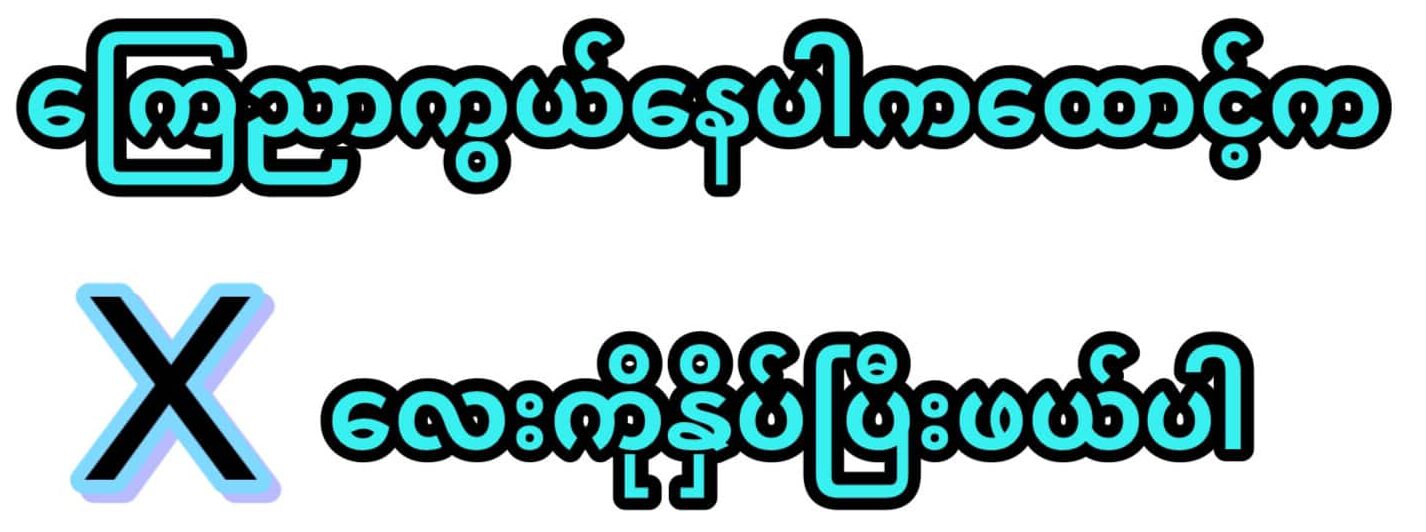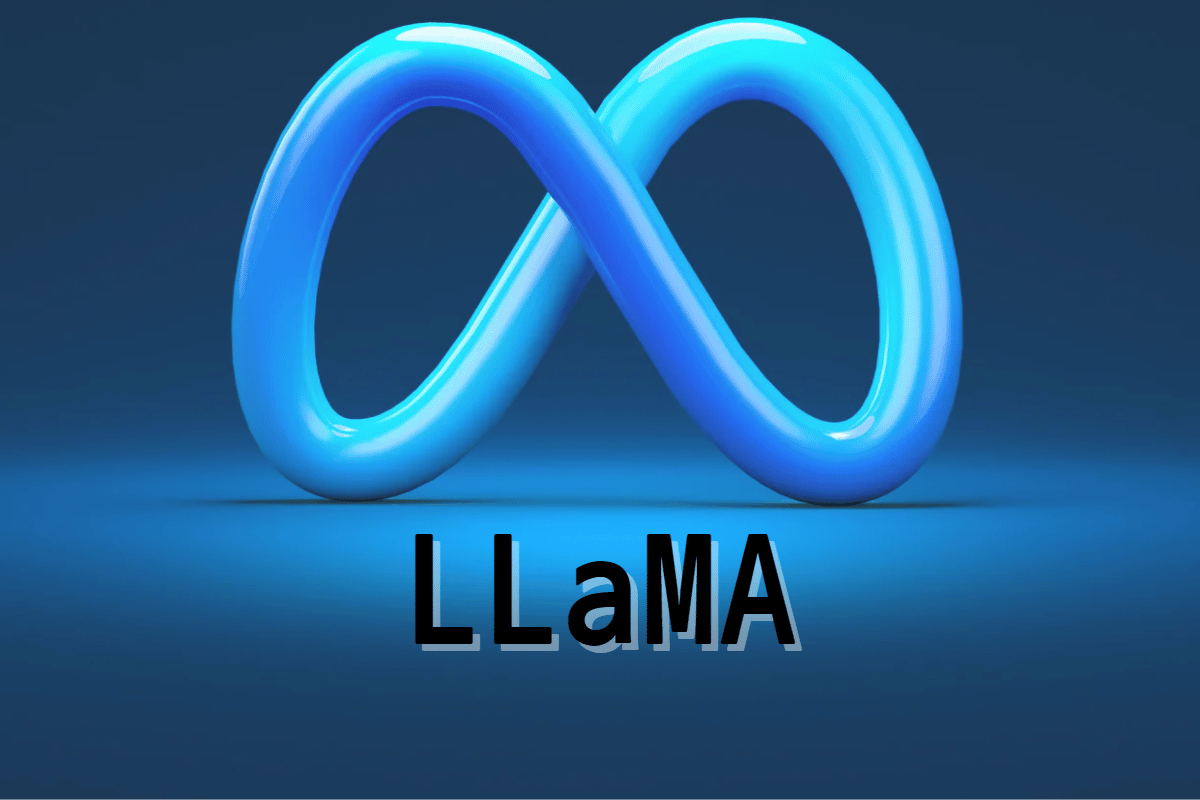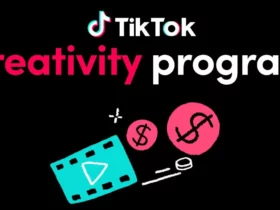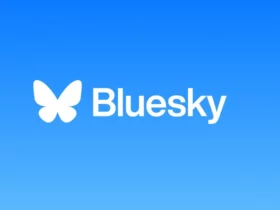On Tuesday, Meta announced Llama 2, a new version of its large language model.
There has been a lot of focus on LLMs like OpenAI’s GPT-4, which powers ChatGPT, and Google’s PaLM 2, which powers Bard, but don’t dismiss Meta’s efforts to compete in the generative AI space. Unlike the closed models GPT-4 and PaLM 2, Llama 2 is open-source (more on that below). It already scores similarly on key benchmarks and will almost certainly improve with public feedback.
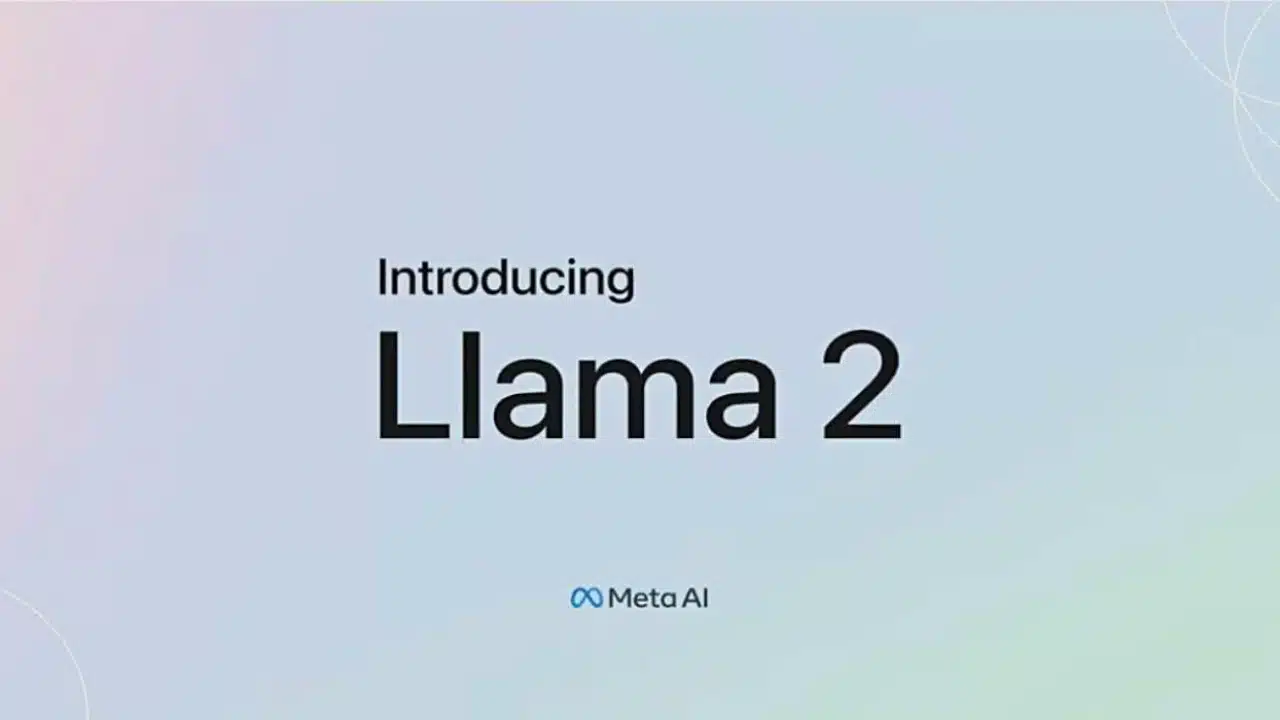
Here’s all you need to know about Meta’s Unexpected hidden hit:
Llama 2 is open-source, unlike its major competitors
Since it allows the public to develop and profit from disruptive technology, Meta has offered Llama 2 open-source and free for research and commercial usage.
“Giving businesses, startups, entrepreneurs, and academics access to tools designed at a scale that would be difficult to construct themselves, supported by computer capacity they would not otherwise access,” wrote the blog post announcing the release.
Google and OpenAI have not disclosed specifics regarding how their proprietary LLMs are created, such as the amount of parameters or the data needed to train the models. Llama 2, on the other hand, is publicly available through Hugging Face, Amazon Web Services, and Microsoft Azure, which means developers may use its code and data to grow and improve on the model. Llama 2 supports three distinct pre-trained model sizes: 7 billion, 13 billion, and 70 billion parameters.
Microsoft Azure is Llama 2’s ‘preferred partner’
Simultaneous with the introduction of Llama 2, Meta announced a collaboration with Microsoft’s cloud computing platform Azure. Azure users may now develop apps using Llama 2 as of this week. Yes, you may download Llama 2 directly, but the fine-tuning, safety, and inference tools that are specifically tailored for dealing with LLMs are only available through Azure’s AI platform.
This collaboration accords with the two tech titans’ declared position on AI democratisation. Although Azure is a costly membership service, Microsoft has made AI-powered Bing and Edge features available for free. And those tools are driven by OpenAI’s GPT-4, in which Microsoft has invested heavily. To summarise, Microsoft is focusing heavily on generative AI and utilising significant relationships to make it a reality. The Microsoft relationship, according to Meta, provides a key avenue for Azure developers to utilise Llama 2.
How Llama 2 stacks up against ChatGPT
Enough of the backstory; can Llama 2 dethrone ChatGPT as the finest LLM? The quick answer is no, but maybe someday.
The performance of Llama 2 on several academic benchmarks was compared to other models in Meta’s research report, including OpenAI’s GPT-3.5 and GPT-4 and Google’s PaLM and PaLM 2. Llama 2 did not do as well on datasets that assessed general knowledge, grade school math, or coding ability, but Meta ran another investigation that yielded promising results using human assessments. Humans compared several models by scoring 4,000 prompts on “helpfulness.” Llama 2 defeated ChatGPT, scoring 35.9 percent of the “wins” to ChatGPT’s 32.5 percent.
These scores are assessed against closed models, however when compared to other open-source models, Llama 2 outperformed them. Meta’s LLM outscored all other open-source models (MPT and Falcon).
Llama 2’s intelligence is somewhat comparable to GPT-3.5, and it is slightly more helpful than ChatGPT in chatbot form. In theory, with the developer community’s help, Llama 2 will only improve from here.

